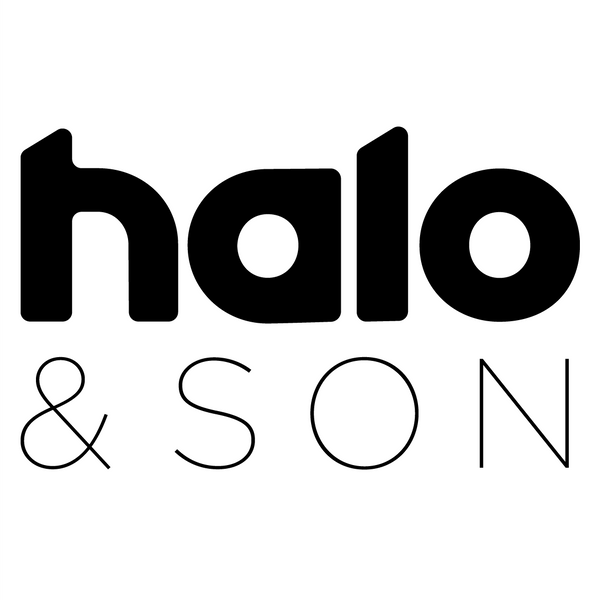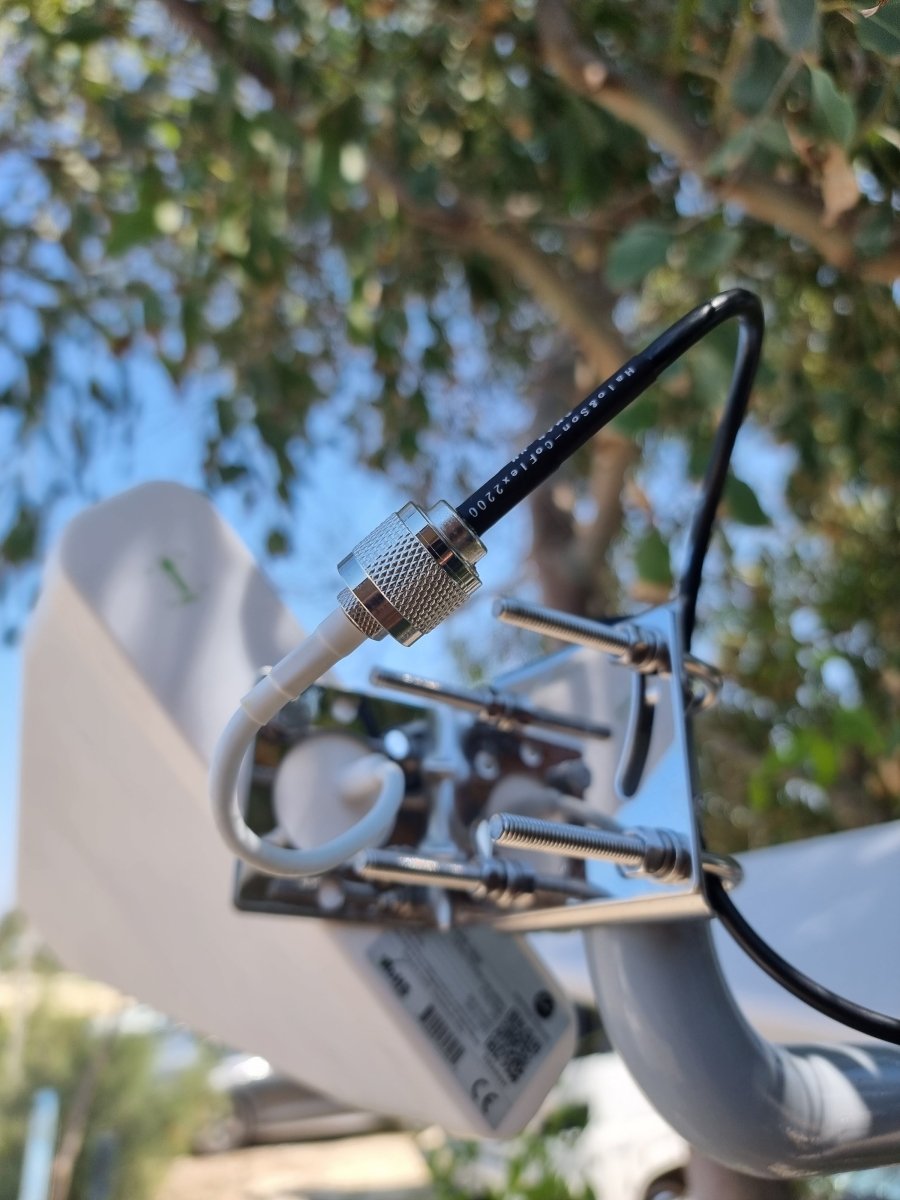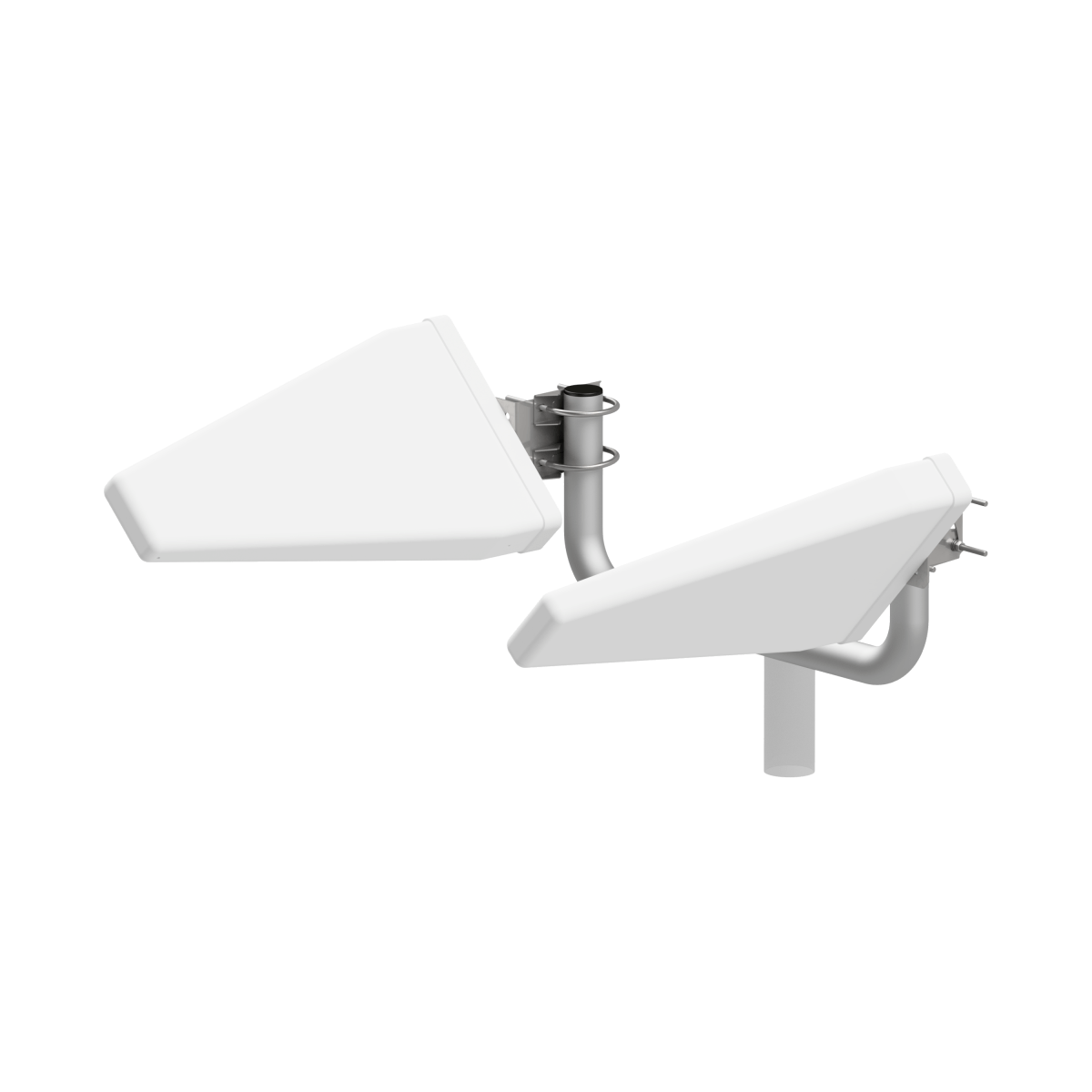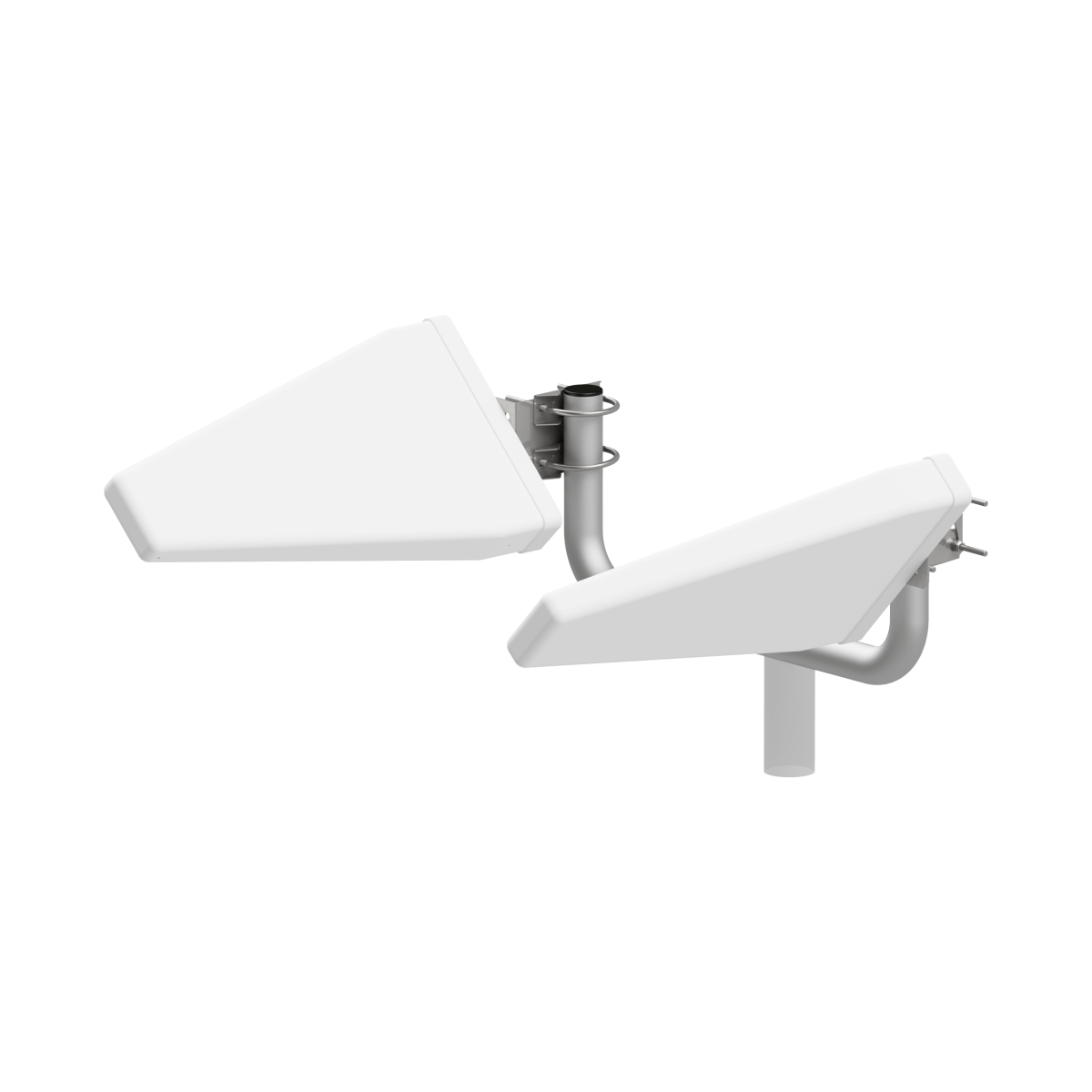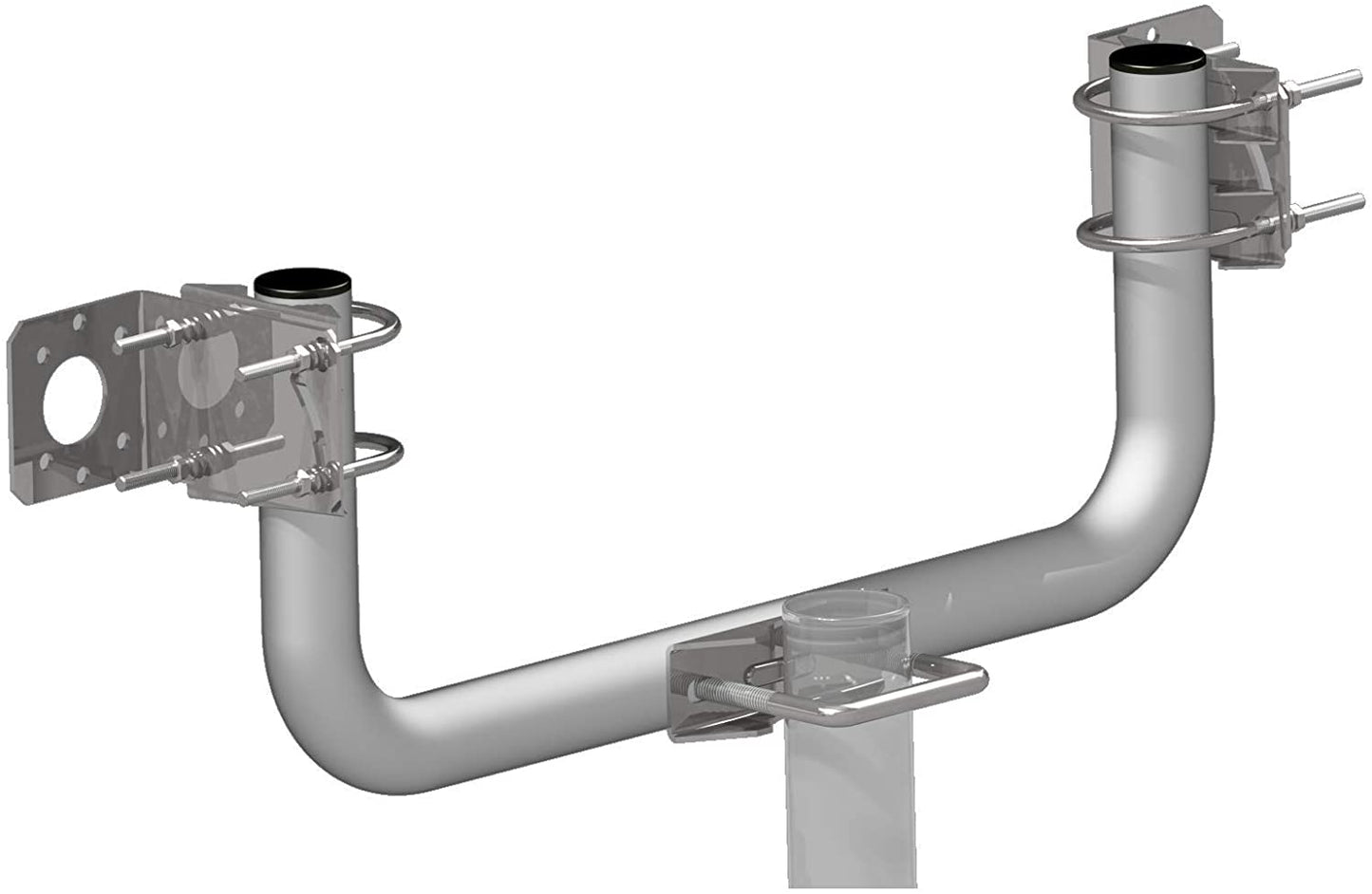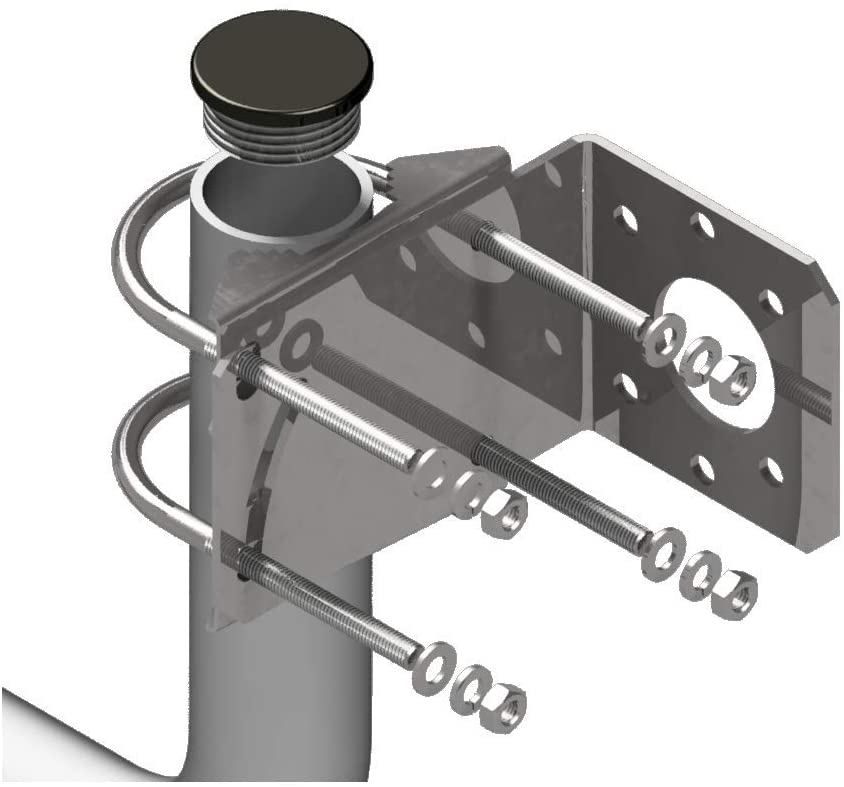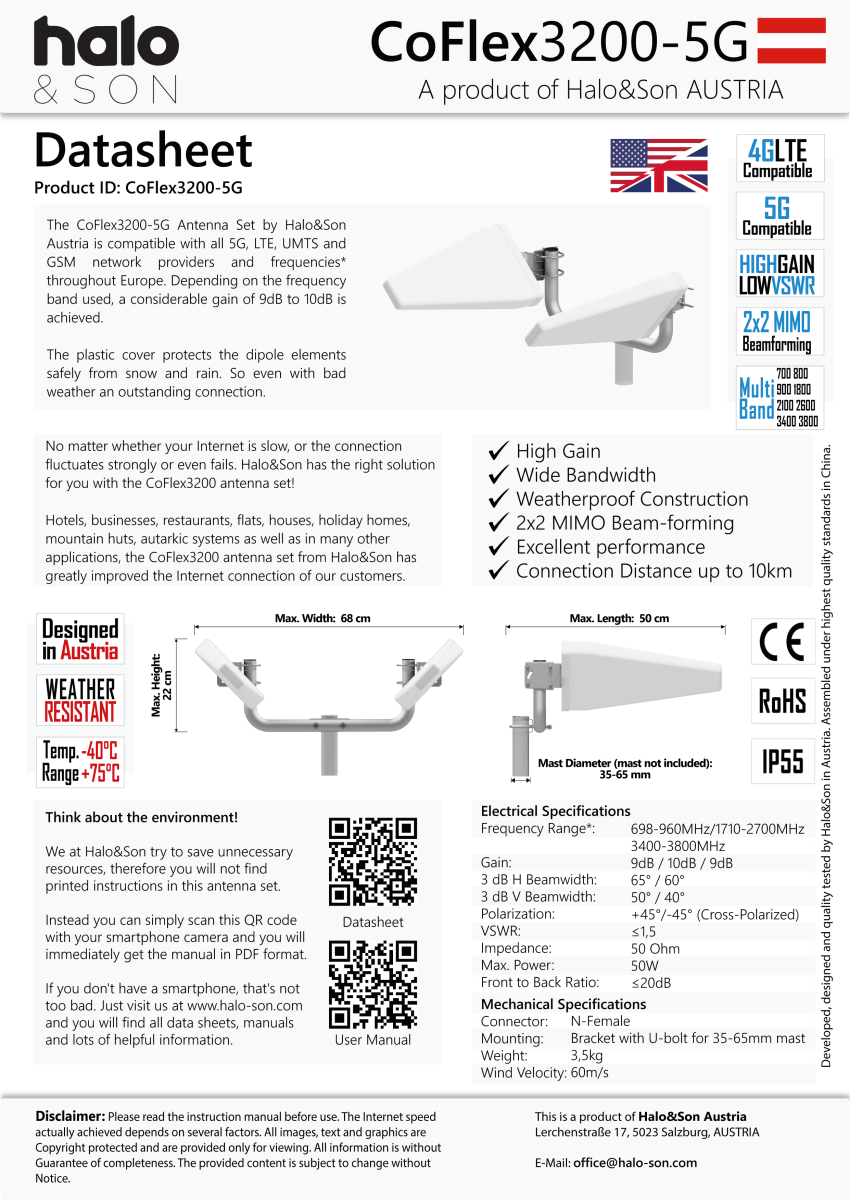The revolution of 5G technology has permanently changed the world of the Internet, and with it the demands on the quality of the network infrastructure are increasing. A key component in this scenario is the antenna cable, which plays a crucial role in signal transmission. In this comprehensive article, we look at the different cable types - RG174, RG58, CoFlex2200, CoFlex2700, CoFlex2800 and CoFlex2900 - in terms of attenuation, diameter and shielding and evaluate their suitability for use with 5G outdoor antennas such as the CoFlex3200 or CoFlex5200.
1. Why cable choice is crucial for 5G
With 5G's promise of faster data rates and lower latency, it is more important than ever that every component in the network is optimized to take full advantage of these benefits. The antenna cable plays a central role here as it represents the physical connection between the router and the antenna.
2. Attenuation and its significance
Attenuation, measured in decibels per meter, is a measure of the signal loss that occurs in a cable. Lower attenuation values are crucial for 5G applications as they ensure that the signal is transmitted with minimal power loss.
3. Cable types in comparison
a. RG174 and RG58
- RG174 : Thin (diameter approx. 2.55 mm) and flexible, but with high attenuation (approx. 1.5 dB/m at 2 GHz). With simple shielding, it offers a total loss of about 15 dB over 10 meters.
- RG58 : Medium diameter (approx. 5 mm), less flexible but with better attenuation (approx. 0.8 dB/m at 2 GHz). With simpler shielding, the total loss is about 8 dB over 10 meters.
b. CoFlex series
- CoFlex2200 (LMR200 equivalent) : Diameter approximately 4.95 mm, with an attenuation of approximately 0.6 dB/m at 2 GHz. With double shielding, the loss is 6 dB over 10 meters.
- CoFlex2700 (LMR240 equivalent) : diameter approx. 6.1 mm, with 0.5 dB/m attenuation. With stronger shielding there is a total loss of 5 dB over 10 meters.
- CoFlex2800 (LMR300 equivalent) : diameter approx. 7.62 mm, with only 0.4 dB/m attenuation. Provides even stronger shielding and 4 dB loss over 10 meters.
- CoFlex2900 (LMR400 equivalent) : The thickest cable with a diameter of approximately 10.29 mm. With the lowest attenuation of 0.2 dB/m at 2 GHz and excellent shielding, the total loss is only 2 dB over 10 meters.
4. Conclusion: Choose the right cable for your 5G outdoor antenna
Choosing the right cable for your 5G outdoor antenna requires balancing attenuation, flexibility, diameter and shielding. While thinner cables such as RG174 and RG58 can be useful in certain scenarios due to their flexibility, their higher attenuation values and simpler shielding make them less suitable for 5G applications. The CoFlex series offers a variety of options with different diameters and shielding levels to achieve the best results for your specific needs. CoFlex2800 and CoFlex2900 are particularly recommended for longer distances and demanding 5G applications as they minimize signal loss and offer excellent signal quality.
